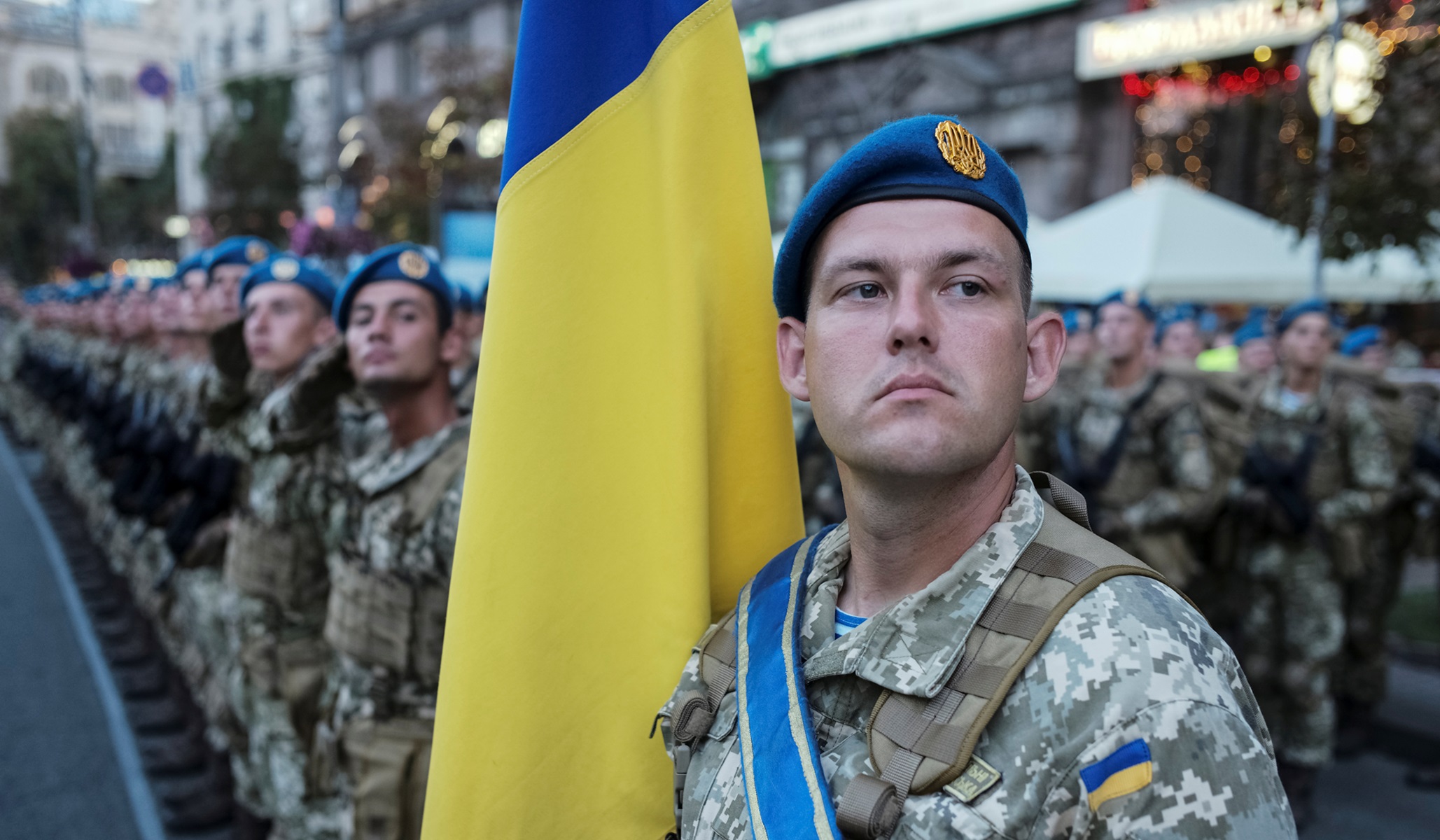In a video released by the Ukrainian Presidential Press Office and posted on Facebook, Ukrainian President Volodymyr Zelenskyy speaks to the United States Congress members from Kyiv.
The one-minute footage is a so-called deepfake that depicts the Ukrainian President appearing to tell his soldiers to lay down their arms and quit the fight against Russia.
It is not yet clear who created the deepfake. Still, government officials in Ukraine have been warning for weeks about the possibility of Russia spreading manipulated videos as part of its information warfare. Ukraine’s military intelligence agency released a video this month about how state-sponsored deepfakes could be used to sow panic and confusion.
While the video demonstrates a fair lip-sync, viewers quickly pointed out that Zelenskyy’s accent was odd and that his head and voice did not appear authentic when examined closely.
Due to policy violations, officials from Facebook, YouTube, and Twitter stated that the video was taken from their sites. However, the misleading video was widely shared on Russian social media.
Zelenskyy responded to the bogus footage in a video broadcast to his Telegram channel, saying: “We are defending our land, our children, and our families. So, we do not plan to lay down our arms. Until our victory.”

However, the message was not only shared on social media. It was also briefly carried on Ukrainian television and the website of a news broadcaster.
Ukraine’s national media outlet reported that hackers could disseminate the bogus Zelenskyy message over live television on the scrolling-text news crawl known as “the ticker,” and the video appeared briefly on the news station’s website. According to the station, it was the work of “enemy hackers,” according to the station.
According to the experts, even though the deepfake is not highly advanced, it should still be deemed harmful.
“The deepfake is not very well done,” said Sam Gregory of the Witness human rights organization specializing in fake news detection in crisis.
He believes that the Ukrainian government issuing a warning about edited videos weeks before this one was broadcast and Zelenskyy immediately confirming that it was a total fabrication hindered the deepfake’s spread in the Western countries. However, in other parts of the world, lower-quality video versions may take shape.

According to the experts, regardless of its quality, the video may cause some people to mistrust the authenticity of future Zelenskyy recordings.
“The particular issue is also around the so-called liar’s dividend, where it’s easy to claim a true video is falsified and place the onus on people to prove it’s authentic,” Gregory said.


